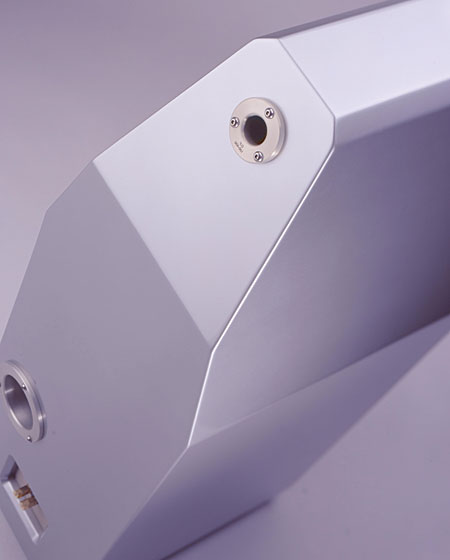| Columns Retired Columns & Blogs |
Listening #86 Page 3
Other designers would make the same claim, of course. But to my way of thinking there remains a distinction: The whole dead-cabinet thing, like the whole nonresonant-tonearm thing, must be done intelligently, thoroughly, and to the nth degree—or not at all. As with very-high-quality record players, if just one element within the whole is allowed to resonate in a manner that sets it apart from the others, not only is the sound distorted, but it's distorted in a manner significantly less tolerable than if the designer hadn't bothered at all with anti-resonance techniques. If what you have in mind is a loudspeaker in which only the drivers themselves can contribute to the sound, then every other element of the system must be perfectly dead and perfectly immune to storing and releasing energy. And, by the way, those drivers had better be damn good!
I daresay Wilson Audio is better at realizing that technical ideal than most other loudspeaker manufacturers. That comes as no great surprise, given how long they've been at it. For longer than any one individual I know, David Wilson has been mining this vein—refining the materials, the shapes, and the manufacturing techniques that do the most to prevent the speaker enclosure from adding its own sound to the playback—without ever veering off that course. As he told me in a recent conversation, there are other impressive loudspeakers on the market, some of which are the products of different technologies or different design approaches. But while Wilson stays current with other developments in high-end speaker design, he has no interest in leaving the path he's on. "My role is to make Wilson loudspeakers," he said. "That's what I'm good at."

Fair enough. But what accounts for the seemingly divergent path of recent Wilson loudspeakers—beginning with the Sophia Series 1, arguably the first Wilson speaker that had non-Wilsonians reaching for superlatives?
David Wilson acknowledges the Sophia as a turning point in the performance of the entire Wilson Audio line, and credits the change to a refinement in what he's always done best: listening. In describing the technical breakthroughs that have enabled his company's recent progress, he points in particular to the construction of three new and distinctive listening rooms. Rather than taking the usual approach of building acoustically "perfect" test environments, Wilson Audio designed and built a series of rooms that are good enough to reveal, rather than mask, the sonic effects of various parameters—yet that otherwise offer exemplary, real-world listening conditions. Soon after, according to Wilson, his company began to create loudspeakers that sound beautiful—his word, and quite rightly so—in more than just a handful of idealized settings.
Excitement
Janet and I just spoke in the kitchen. I shared with her my concern that this might be one of those dull columns: the sort I often write when trying to express sincere admiration for a product and come up short.
"Why not just say so?" she asked. Again, fair enough.
When I had the Harbeth M40.1s here, I liked them every bit as much as I said I did in my October 2008 review. I could have lived with them then, and I probably still could now. The Harbeths were obviously—obviously—designed by ear, by someone who knows and loves the sound of music. But when the Harbeths had to go, I was nonetheless ready to get my Audio Note AN-Es back into the system.
Same thing with the very different-sounding Zu Essences, which I reviewed exactly one year later. The Essence was, if anything, closer in spirit to what I want from a loudspeaker, given the smallness of the amps I like. It's a great value, too—especially now that it's sold factory-direct for $3495/pair. (In saying so, I mean no disrespect to those dealers who work hard both to fairly represent their product lines and to give their customers the best possible music for their money.) I liked the Essence a lot, and could have lived with it as well. But I was happier still to have the Audio Notes back in their corners.
The Wilson Audio Sophia Series 2 is on another level. The AN-Es still do a few things better, and I think I'll probably always love them. But after several weeks with the Sophias, the Wilsons remain the speakers I genuinely want to use. And, as with few other audio products, I know I'll be sorry as hell when they have to go back. That's been the biggest surprise of all.
- Log in or register to post comments




































